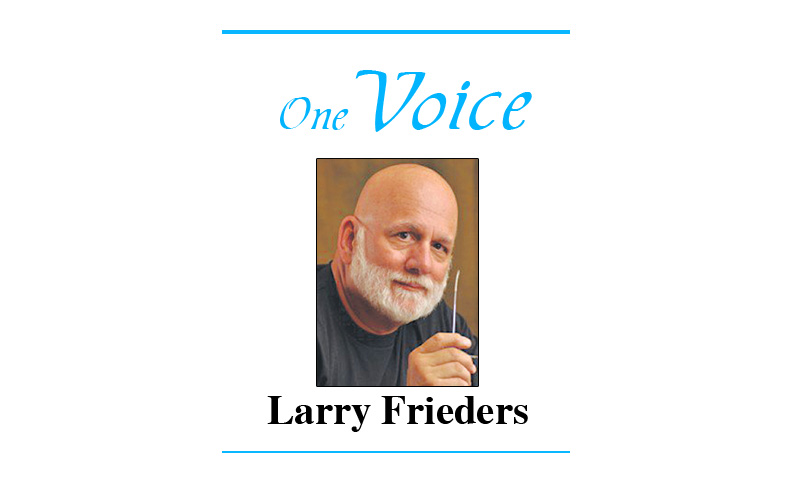
More than a decade ago, Dr. Bernard Bahari, MD, treated his patients with ReVia (Naltrexone Hydrochloride) and found that many of them couldn’t afford it. He advised them to cut the pills in half, then in half again. At that point, it became impossible to make a real cut into what was just powder – but the medicine still worked. He asked a local compounding pharmacist in New York to crush some of the 50 mg pills, add a filler, and pack into capsules, each containing 3.0 mg. That was the birth of LDN (Low Dose Naltrexone).
To everyone’s amazement, LDN exerts health benefits when taken once daily. Chronic pains decline, patients with multiple sclerosis feel better, and the original intention for naltrexone, reduced cravings for alcohol and opioids, persists. Tiny doses continue to help thousands of patients live better with less discomfort. It is not to suggest that LDN helps everyone. Nothing’s perfect.
In itself, the discovery of the LDN benefits is laudable and should be promoted. In a world where more always seems better, tiny amounts of safe medicine don’t get much attention. Word of mouth is effective but not very efficient, especially when “the health establishment” doesn’t seem keen on supporting a treatment that isn’t part of the mainstream drugs promoted by the major drug manufacturers. After well more than a decade, patients and doctors are still mostly ignorant of this medicine’s benefits.
But there’s more.
A recent The New York Times article* described the extent of alcoholism in our country. Although the number of addicted persons has been historically high, the pandemic era has understandably pushed those numbers to new heights. The author of the article, Anahad O’Connor, reports that there are roughly 17 million Americans who grapple with alcoholism.
When used in practically any dose, Naltrexone Hydrochloride safely diminishes cravings and blunts the buzz from alcohol.
The writer explained, “… despite how prevalent it is, most people who have the disorder [alcoholism] do not receive treatment for it, even when they disclose their drinking problem to their [doctors]. Just one in 10 was encouraged to cut back on drinking, only six percent received any kind of treatment, despite the fact that there are numerous programs available, and the medicine that has a proven history of effectiveness. “In a study published last month, scientists at the N.I.H.(National Institute of Health) found that just 1.6% of the millions of Americans with alcohol use disorder had been prescribed a medication to help them control their drinking.”
How is it that our medical system has basically abandoned the millions of Americans who have a documented illness for which there are treatment programs and medicine that can help even those most addicted to alcohol? When investigated, a response to “why not treat”, comes in the all-too-common excuse, “we weren’t trained to treat alcohol addiction in medical school.” There are plenty of things that aren’t taught in medical schools that doctors take the time to learn on their own so that’s a lame excuse.
As always, those who suffer from chronic health problems are forced to take their health into their own hands. They need to talk to their doctor and explain that there are legitimate treatments. Nobody should be forced to feel wretched when relief is possible and probable. This applies to chronic situations such as arthritis and multiple sclerosis. It applies to alcoholism. The doctor might be ignorant, but the patients have to do the research themselves. If not, nothing will change.
Larry Frieders is a pharmacist in Aurora who had a book published, The Undruggist: Book One, A Tale of Modern Apothecary and Wellness. He can be reached at thecompounder.com/ask-larry or www.facebook.com/thecompounder.
*https://www.nytimes.com/2021/07/12/well/live/alcohol-abuse-drinking-treatment.html

